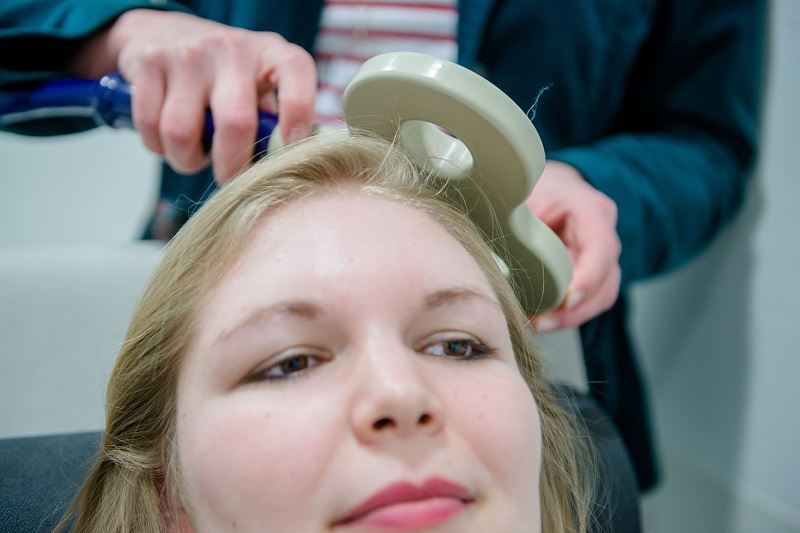
A06 –Testing for causality of fear extinction: Networks, plasticity, and beyond
Michael Nitsche, Fatemeh Yavari
In this project we will explore the specific interaction between the anterior network (hippocampus, amygdala, prefrontal cortex) and the cerebellum during extinction (study 1), develop non-invasive brain stimulation protocols suited for targeted modulation of extinction-relevant areas identified in that study (study 2), apply these to explore the causality of respective physiological interactions for extinction (study 3), and reveal cellular mechanisms of respective target structures for extinction by combining pharmacology (relevance of serotonin) and stimulation (study 4).
Guiding questions of A06:
- Does the cerebellum interact with anterior parts of the extinction network with regards to synchronization of activity, including oscillatory activity, during fear extinction?
- What is the specific role of intrinsic cerebellar versus cerebellar-anterior network interactions during fear extinction- true interaction or modulatory role of the cerebellum?
- Does intervention with non-invasive brain stimulation of respective target areas combined with serotonergic enhancement result in optimized fear extinction due to plasticity modulation?





